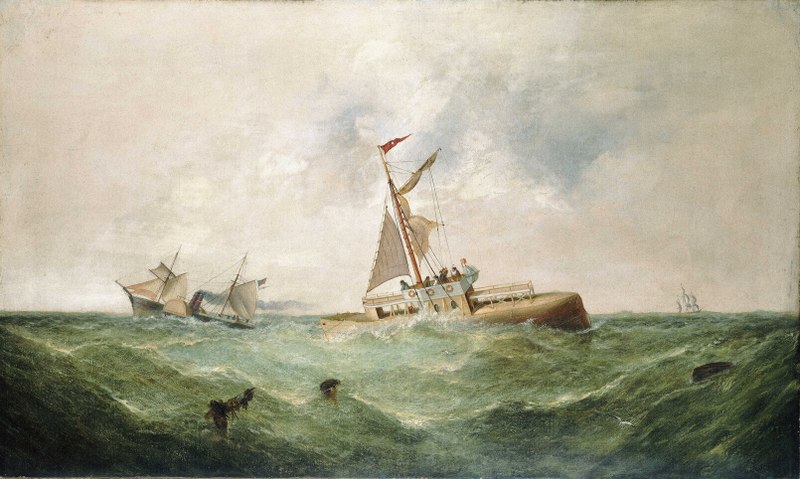Wyoming’s Intermittent Spring is well named: It runs and stops alternately, in segments of about 15 minutes. The mechanism isn’t known for certain, but scientists suspect that a cavern in the rock face is filling continuously with groundwater, and when the water reaches a certain height it spills through a tube that empties into the valley. This produces a natural siphon effect that draws down the reservoir until air enters the tube, which disables the siphon until the cycle starts again. University of Utah hydrologist Kip Solomon says, “We can’t think of another explanation at the moment.”
Solomon’s tests show that the spring water has been exposed to air underground, which lends support to the theory.

